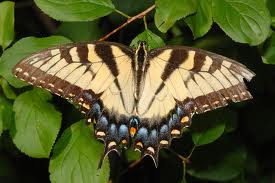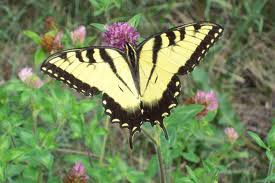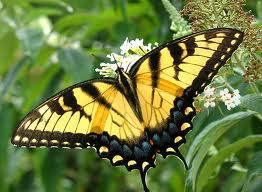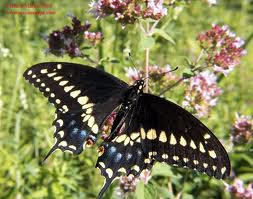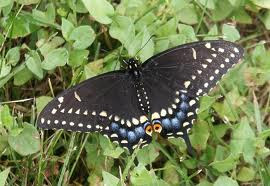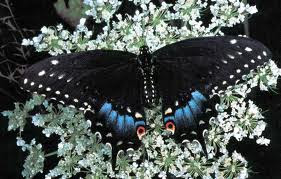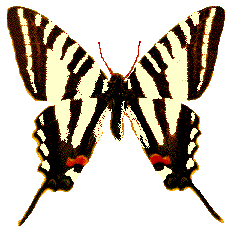The Zebra Swallowtail Butterfly
The Zebra Swallowtail can be confused with no other butterflies in our area. pale greenish-white wings Its triangle is black zebra stripes and accented with blue and brilliant red color. Has a very long tail, and flies in ¨ ¨ curious as bats. Originally grouped with others in the genus Papilio swallowtails, he then changed the name of Graphium Marcellus, a name still occasionally be found in books older. Today is known by the name of the Latin Marcellus Eurytides.
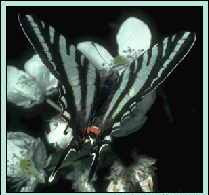
The Zebra Swallowtail Butterfly
This butterfly is generally low population us, rich woods from early spring until frost. It is seldom found far from these caterpillars hostplant, pawpaw Asimina (triloba), which grows in low forest along the rivers and streams. Papaya is easily recognizable leaf shrub or small tree that can reach a height of 40 feet at times. Long, droopy leaves can grow to twelve inches long, and when bruised they produce odors, offensive, such as kerosene. After flowering in March and April it produces edible, fleshy fruit with seeds smooth, brown, some flat.
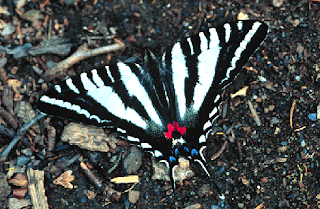 The Zebra Swallowtail Butterfly
The Zebra Swallowtail ButterflyZebra swallowtails in the regions we began to emerge from their overwintering cocoons as early as late March, but became the most common in late April to May. There are usually two broods, with individual real beginning of spring which are smaller and have shorter tails of the form later. Most reports that the female deposits a pale green, ovate leaves single under papaya tree, but in Mason Neck Regional Park in Fairfax County, Virginia I have observed that many women prefer to spawn in early spring small stems of saplings, usually in 12 ° -18 ° from the ground. A single small saplings can be observed to have some eggs, and although I never found any young larvae, I have seen many cases where the ova that have been hatched. Larvae of the most active at night, so in this case they may have been hiding near the base of plants at noon.
Males patrol understory for women, usually flying 6 3 'to' above the ground. Men can also be found puddling oo. John Tveten and Gloria reports that the larvae have enough to eat human flesh. They also reported that, while the larvae are usually described as pale green, they have observed a variety of chocolates in their studies in Texas. I also located on a brown worm in Mason Neck. Has been widely reported that pupae may either green or brown, but apparently there was no correlation between color and the color of silkworm cocoons. Pupation usually occurs on the lower leaves, and hibernating pupae.
Adult zebra swallowtails feed on nectar in the flowers, and Paul Opler notes that individuals in the early spring we seem to live mainly on blueberries, redbud, blackberry, and violet. Forms later, he said, use common milkweed, dogbane, and vipers bugloss. They also can be seen in the bush nectaring butterfly.
If you do not have the opportunity to observe this butterfly directly, it would be worth a good look for it. They are fairly common in low woods along the Potomac in papaya growing everywhere, and their habit makes it quite easy to observe them
